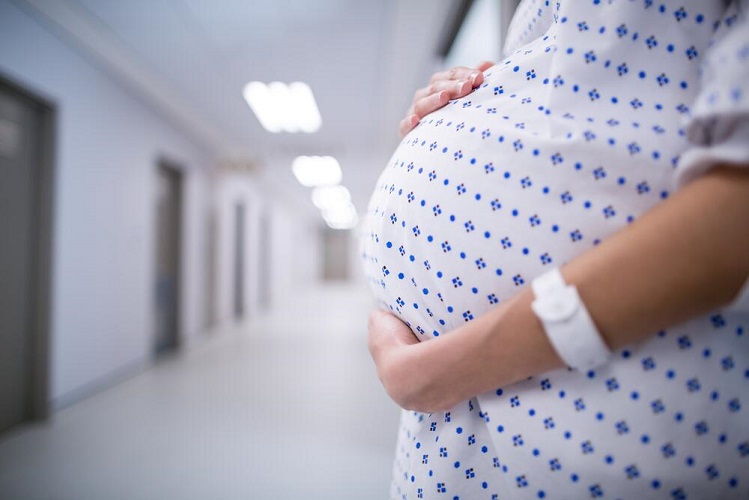More rural hospitals have shut down or plan to shut down their labor and delivery units in 2025 compared to 2024, according to a new report from the Center for Healthcare Quality and Payment Reform (CHQPR). Since the end of 2020, a total of 116 closures have occurred.
The November CHQPR report identified 27 completed or planned closures in 2025—up from 21 in 2024 and the second-highest total in five years, following 34 closures in 2023.
“Rural maternity care is in crisis, and unless the situation is addressed, more women and babies in rural communities will die unnecessarily,” the CHQPR wrote in its report (PDF), highlighting the U.S.’ substantially worse maternal and infant mortality rates compared with other high-income nations.
Currently, 950 rural hospitals still offer labor and delivery services, representing 41% of the 2,396 hospitals classified as rural. In 12 states, many located in the South, fewer than one-third of rural hospitals continue to provide these services.
Among the hospitals still operating maternity units, 127 (13%) are considered at risk of closure due to sustained financial losses over the past two years. In nine states, at least one in four rural hospitals face these economic pressures.
The CHQPR cautioned that closures force pregnant women in rural areas to travel long distances for care—over 30 minutes for 70% of affected hospitals and over 50 minutes for 20%. In contrast, most urban residents can reach an alternative hospital in 20 minutes or less.
The November report’s overview of recent closures continues a broader shutdown trend among both rural and urban hospitals that has persisted since at least 2010, other analyses have shown. These closures vary widely by state and often leave rural regions with limited access to hospital-based obstetric care.
To address the problem, the CHQPR recommended strengthening the rural maternity care workforce and improving hospitals’ financial stability. Suggested solutions include national recruitment and training initiatives for rural clinicians, greater access to remote specialty support, and new staffing models that reduce the strain of continuous on-call hours.
Regarding financial stability, the CHQPR urged rural employers and state governments to push commercial insurers to provide adequate reimbursement for the full spectrum of maternity care services. The organization noted, however, that the issue extends beyond maternity care—rural hospitals with stronger finances are typically those able to negotiate higher commercial payment rates overall.
The group also highlighted challenges with volume-based payment models, which can disadvantage low-volume rural hospitals. To address this, CHQPR proposed a two-part payment system for both private and Medicaid payers:
- Standby capacity payments to cover fixed costs while maternity units remain staffed.
- Supplemental delivery payments to account for the time and variable expenses tied to each birth.
“Federal and state leaders, along with private employers, must act now to ensure all health insurance plans pay sufficiently to sustain high-quality maternity care in every community,” the report concluded.





















